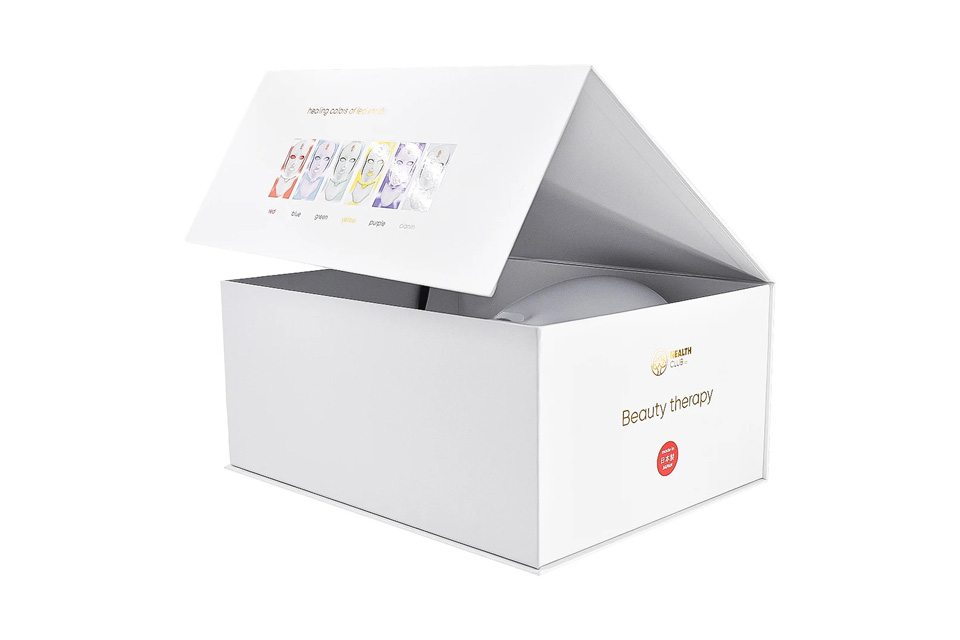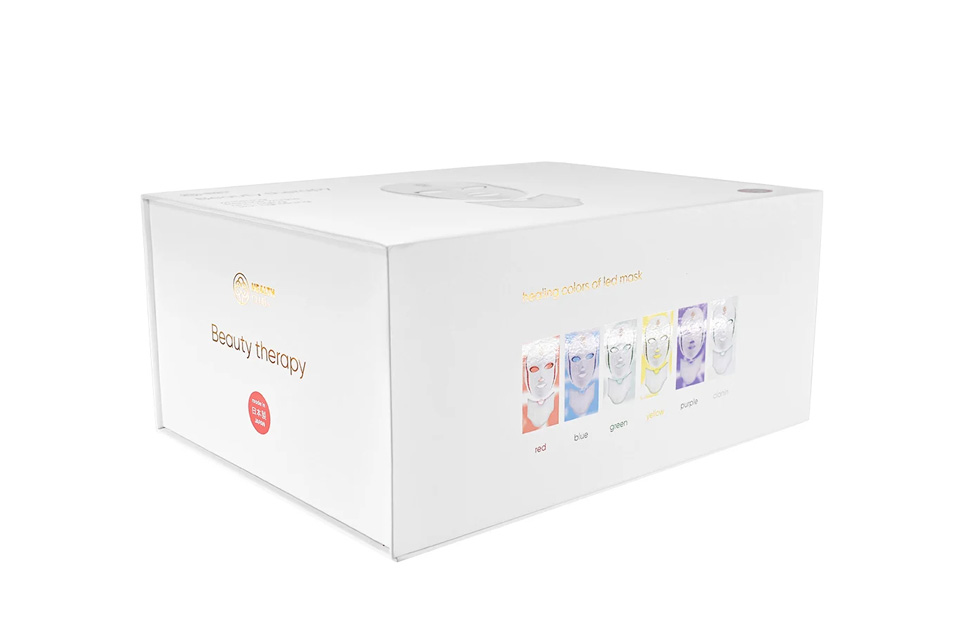Rigid Boxes vs. Folding Cartons: A Complete Comparison
Rigid Boxes vs. Folding Cartons: A Complete Comparison
Introduction
Today, as the global packaging industry expands at a compound annual growth rate of 5.3%, the choice of rigid setup boxes and folding cartones has gone beyond the simple container decision and has become an important fulcrum of brand strategy. According to Statista data, the high-end packaging market will exceed US$87 billion in 2025, of which Rigid setup boxes account for 62% of the luxury market share, while the penetration rate of folding cartones in the e-commerce field is as high as 89%. This article deeply analyzes the essential differences and commercial value of these two packaging forms through four core dimensions.
1. Material Engineering: The Transition from Basic Physics to Perceived Value
The Rigid setup box is formed by pasting 1.5-3mm gray board paper, and its structural strength can reach 35kg/cm², which is 2.3 times that of folding cartones. The Hermès classic scarf box uses double-layer gray board composite silk pasting, which is cured by 0.8mm natural adhesive to achieve a double improvement in compressive strength and tactile experience. This rigid structure can not only bear the weight of 2kg jewelry, but also convey a luxurious texture through material stacking.
The folding carton shows the exquisite balance of material mechanics: the 0.3mm single-layer white cardboard is designed with a corrugated structure to increase the compressive strength to 18kg/cm², while maintaining a 72% spatial compression rate. L'Oreal's small beauty box uses E-type corrugated paper, which can withstand 200kg/m² stacking pressure during transportation, reducing unit material costs by 57%.
The difference in surface treatment technology is more symbolic: the hot stamping process of the Rigid setup box increases the visual attention rate by 3.2 times (Pantone research), while the water-based coating technology of the folding carton reduces carbon emissions by 18% (FSC certification data).
2. Production paradigm: the duel between handmade art and industrial efficiency
The production of Rigid setup boxes is an art of time precipitation:
- It requires 12 manual processes, including a 48-hour glue curing cycle
- The tolerance of the top and bottom cover structure is controlled at ±0.2mm
- The 7N resistance design of the magnetic buckle requires 5 proofing calibrations The hand-tied ribbon method of Tiffany Blue Box increases the packaging process time by 42%, but increases customer retention rate by 27%.
Folding cartons highlight industrial aesthetics:
- Automatic box gluing machine achieves high-speed production of 120 boxes/minute
- Pre-coated film technology compresses the printing-die-cutting cycle to 72 hours
- Flat-lay transportation reduces logistics costs by 62% (DHL case) Unilever Dove shower gel box uses a digital die-cutting system, with a material utilization rate of 98%, saving 260 tons of cardboard per year.
3. Functional scenarios: from physical protection to emotional resonance
Rigid setup boxes build a temple of ritual sense:
- The jewelry box design with a 60° opening and closing angle maximizes the exposure of the product display surface
- The damping hinge of the De Beers diamond certificate box creates an opening delay of 0.8 seconds per time
- The anti-seismic system lined with EVA sponge can withstand the impact acceleration of G=80
folding cartones reshape the interactive revolution:
- The window design increases product visibility by 89% (Ferrero 24-piece case)
- The dodecahedron cutting of the special-shaped box increases shelf recognition by 3 times
- The foldable handle structure reduces the demand for secondary packaging by 37% (IKEA flat packaging solution)
4. Business logic: the game between cost model and value transformation
The hidden value chain of Rigid setup boxes:
- The breakage rate is only 0.3%, and the after-sales cost is reduced by 5%
- The reuse rate of gift boxes reaches 23%, forming continuous brand exposure
- The collector premium of Gucci Dionysus handbag box is 15% of the original price
Scale effect of folding cartons:
- Marginal cost of orders above 100,000 pieces is reduced by 41%
- Digital printing technology reduces the minimum order quantity to 500 pieces
- Carbon footprint label increases conversion rate by 18% (Carbon Trust certification)
Conclusion
At the crossroads of the packaging industry, Rigid setup boxes and folding cartons represent the two business philosophies of "emotional premium" and "efficiency first" respectively. The former builds a brand temple through material stacking and manual skills, while the latter reshapes the cost model based on industrial wisdom. According to Smithers' prediction, smart packaging will combine the advantages of both in 2027: NFC chips will be embedded in Rigid setup boxes to achieve digital traceability, and folding cartons will be equipped with self-healing coatings to improve durability. As Dieter Rams said: "Good design is as little design as possible" - in this packaging revolution, the real winner will be the brand that knows how to balance art and efficiency.
Authoritative citations:
- "Global Packaging Material Strength Test Report" Smithers Pira
- FSC Sustainable Packaging Certification System [FSC.org]
- De Beers Damping Hinge Technology Patent [DeBeersGroup.com]
- L'Oreal Digital Die-cutting System White Paper [Loreal-Sustainability.com]
- Carbon Trust Carbon Label Benefit Study [CarbonTrust.org]



